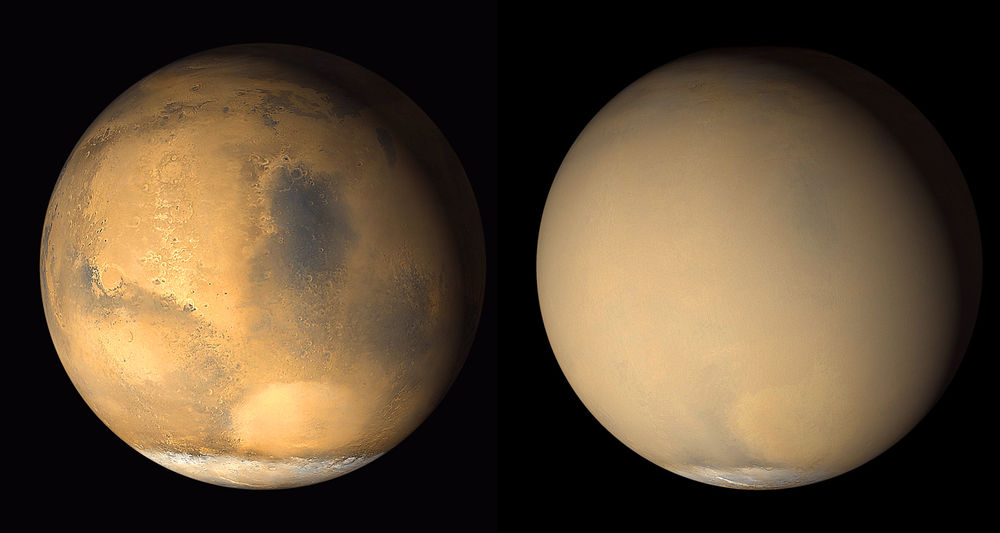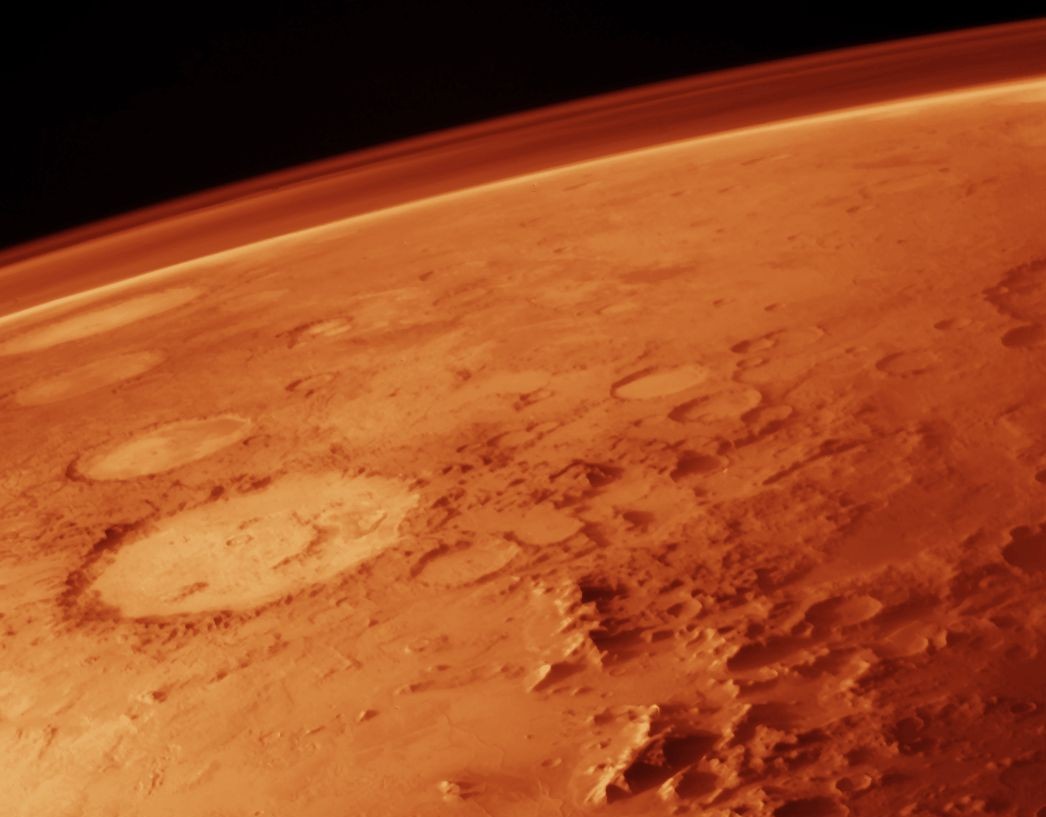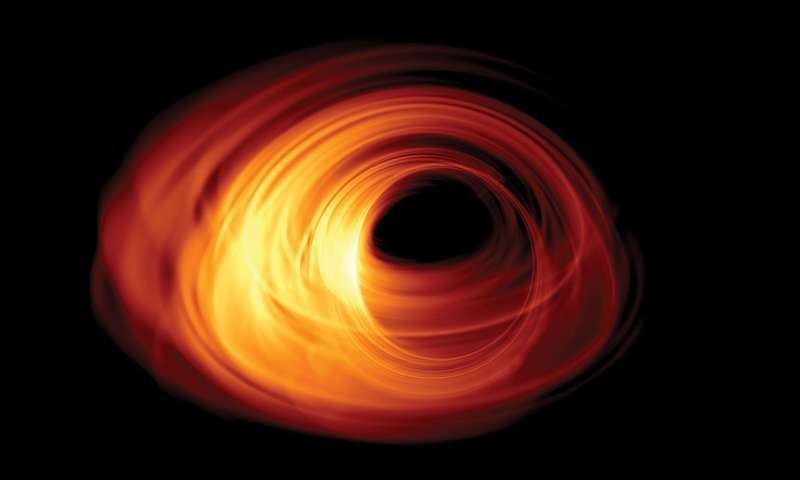Dust storms sweep over the surface of Mars, usually causing no problems at all, just drifting on by. However, on very rare occasions one of these dust storms will grow so big that it masks the entire planet. This doesn’t bode well for future astronauts as Martian dust storms can go on for months at a time, blocking out the sun and buying solar panels underneath a big pile of dust.
At the moment, we have no way to know if one of these potentially devastating dust storms is going to start. But experts have observed a pattern to them and have predicted one may be due to strike in the next few months. If it does, then scientists can be fairly certain that their prediction method works and could make future global dust storms easier to forecast. They’re most likely to happen when Mars is at it’s closest to the Sun, as the more it heats up, the faster circulation is.

Although predictions have been made, forecasting still remains a challenge as we know very little about these storms in the first place. If one of these storms kicks off it may affect approaching spacecraft’s ability to land. But luckily global dust storms are not as powerful as some of the storms we experience here on Earth. The strongest winds you will find on Mars would be like the equivalent of around 10mph on our planet. “It’s not going to tip over an astronaut, it’s not going to tip over a launch vehicle,” says Steve Hoffman, an aerospace engineer at NASA’s Johnson Space Center.
Even so, astronauts need to be able to predict when these global dust storms are likely to occur and how long they will let for in order to best prepare for them. One backup would be to use alternative power supplies or another would be to store power by splitting water into hydrogen and oxygen. Hoffman commented, “We would make our fuels, our stored energy while the sun is shining and then have it available if we get into a dust storm situation.” Dust from these storms contains toxic compounds within them called perchlorates. The dust itself is very fine and could cause problems as it seeps into the atmosphere, but until it happens, we simply won’t know.
James Shirley, a planetary scientist at NASA’s Jet Propulsion Laboratory, produced a paper last year explaining how changes in Mars’ motion as it orbit’s the center of gravity in the solar system are directly linked to how likely global dust storms are to happen. He says, “Basically Mars is locked to the Sun and so as the Sun does this kind of hula dance around the solar system’s center of gravity, Mars is carried along. Periods, when Mars is speeding up and gaining momentum because of all the pulling and tugging by the other planets and the Sun, seems to be a preferred situation for global dust storms to occur.”
Moving forward Shirley is hopeful that by investigating the impacts that gravity has on Mars’s momentum and atmosphere, scientists can begin to forecast weather up there. The more data that’s taken from global dust storms, the more we’ll learn about our own planet. “If we learned something new about the physics of what makes the atmosphere change, what causes the winds to change, then hopefully we could apply the knowledge to the more complicated case of the Earth,” he says.
More News to Read











